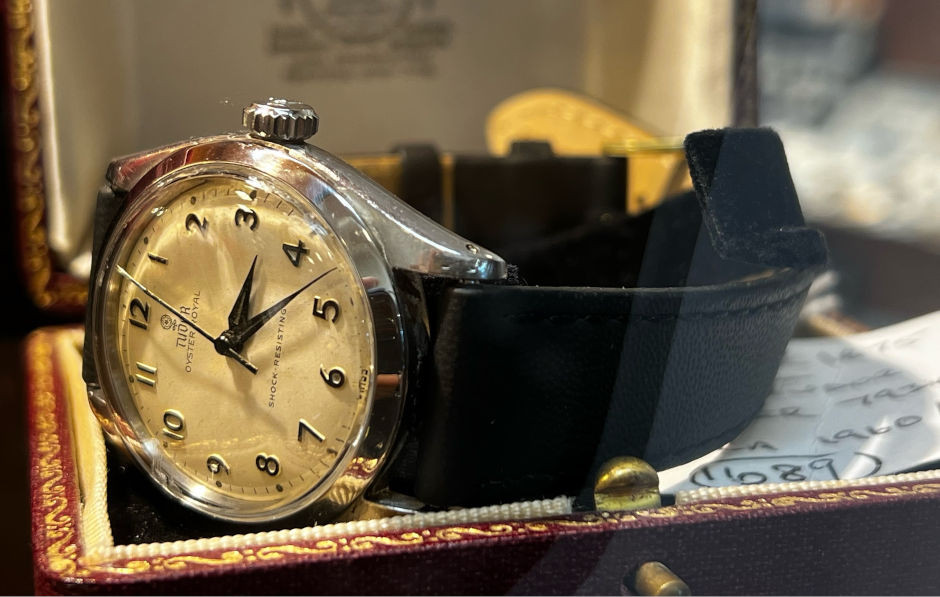
Our latest guide looks at the difference between vintage and antique watches and tells you what to look for when buying and which brands to keep an eye on!
The difference between antique and vintage watches
As with most areas of collectables, an antique item is considered to be at least 100 years old, while vintage items are considered to be anything from 20/25 years – 99 years old. Although the first wristwatches for women date back to the late 19th century, they didn’t pass into common usage for men and women until after the First World War. As a result of this, an antique watch today is more likely to be a pocket watch than a wristwatch, but as time passes, vintage wristwatches will become antique.
From the novice starting out on their timepiece journey to the serious collector wanting to expand a collection, it is important to have an understanding of the age of a watch and its value.
How to date a vintage watch
The movement inside a vintage watch will have a serial number that can be cross referenced online with manufacturers’ databases to give the date of manufacture. Be aware that a number on the outside of a watch case will help with identification but not production date.
Vintage watch movements
Watch movements in vintage pieces usually fall into one of two categories – mechanical movements and battery powered movements. A mechanical movement is the result of a long and highly skilled crafting process while battery powered watches have a battery that is regulated by a quartz crystal (hence quartz watch). These are not as labour intensive to produce and are therefore often less valuable and less collectable.
Condition
While we talk about condition being key in the world of antiques and collectables, with vintage and antique watches, it is slightly different, and there are certain ‘desirable’ signs of damage that are sought after. For example, many collectors prefer a watch that is in its original condition but that may have ‘acceptable’ damage, over a restored watch with replacement parts. Examples of this may include ‘tropical dials’ where an original black mirrored dial has faded with age to a dull brown, and damaged but original Bakelite bezels that have not been replaced with a metal bezel.
Collectable vintage watch brands
There are many highly collectable watches from a variety of manufacturers and makers so collectors must do their homework thoroughly and research the following areas:
- The brand and model of a watch are important; a manufacturer may no longer exist (Elgin) or have a long and illustrious history (Patek Philippe) while a particular model may be from a limited edition or have a particular specification and/or style.
- Provenance is also important and can greatly affect value – has the watch had several owners over the years or has it been in the same family since purchase and has come onto the market via an estate sale?
- Condition (as discussed above) is important but when looking to purchase a vintage watch, check that it matches the period the seller claims it is from. If there is evidence that the piece has been serviced, look to see if any original pieces have been replaced too.
Vintage watches for sale
It is of paramount importance, especially for the novice or inexperienced collector, to be able to trust a seller. At Hemswell Antique Centres we have many professional dealers who specialise in antique and vintage watches, who are accredited to authenticate vintage watches. We have many sought after brands available online, including Longines, Omega, Rolex and Brevet, as well as fine examples of antique pocket watches, with many more available to view at our centres in person.